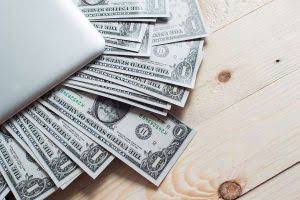Depreciation Units-of-Activity, Double-Declining-Balance DDB, Sum-of-the-Years-Digits

In later years, as maintenance becomes more regular, you’ll be writing off less of the value of the asset—while writing off more in the form of maintenance. So your annual write-offs are more stable over time, which makes income easier to predict. Suppose a company https://www.bookstime.com/ purchased a fixed asset (PP&E) at a cost of $20 million. The prior statement tends to be true for most fixed assets due to normal “wear and tear” from any consistent, constant usage. Now, for applying the double-declining balance method, calculate the SLDP first.
As you can see, both methods end up with the same total accumulated depreciation. The only difference between a straight-line depreciation and a double declining depreciation is the rate at which the depreciation happens. The straight-line method remains constant throughout the useful life of the double declining balance method asset, while the double declining method is highest on the early years and lower in the latter years. For comparison’s sake, this is what XYZ Company would book for depreciation expense every year under the straight line depreciation method versus double declining balance depreciation method.
Double Declining Balance Method vs. Straight Line Depreciation
It’s important to accurately estimate the useful life to ensure proper financial reporting. To calculate the depreciation expense for the first year, we need to apply the rate of depreciation (50%) to the cost of the asset ($2000) and multiply the answer with the time factor (3/12). As an accountant, one should be comfortable with all methods of depreciation. We just looked at the double declining balance depreciation method, the others shouldn’t take too long to master.

However, the depreciation will stop when the asset’s book value is equal to the estimated salvage value. At the beginning of the first year, the fixture’s book value is $100,000 since the fixtures have not yet had any depreciation. Therefore, under the double declining balance method the $100,000 of book value will be multiplied by 20% and will result in $20,000 of depreciation for Year 1. The journal entry will be a debit of $20,000 to Depreciation Expense and a credit of $20,000 to Accumulated Depreciation.